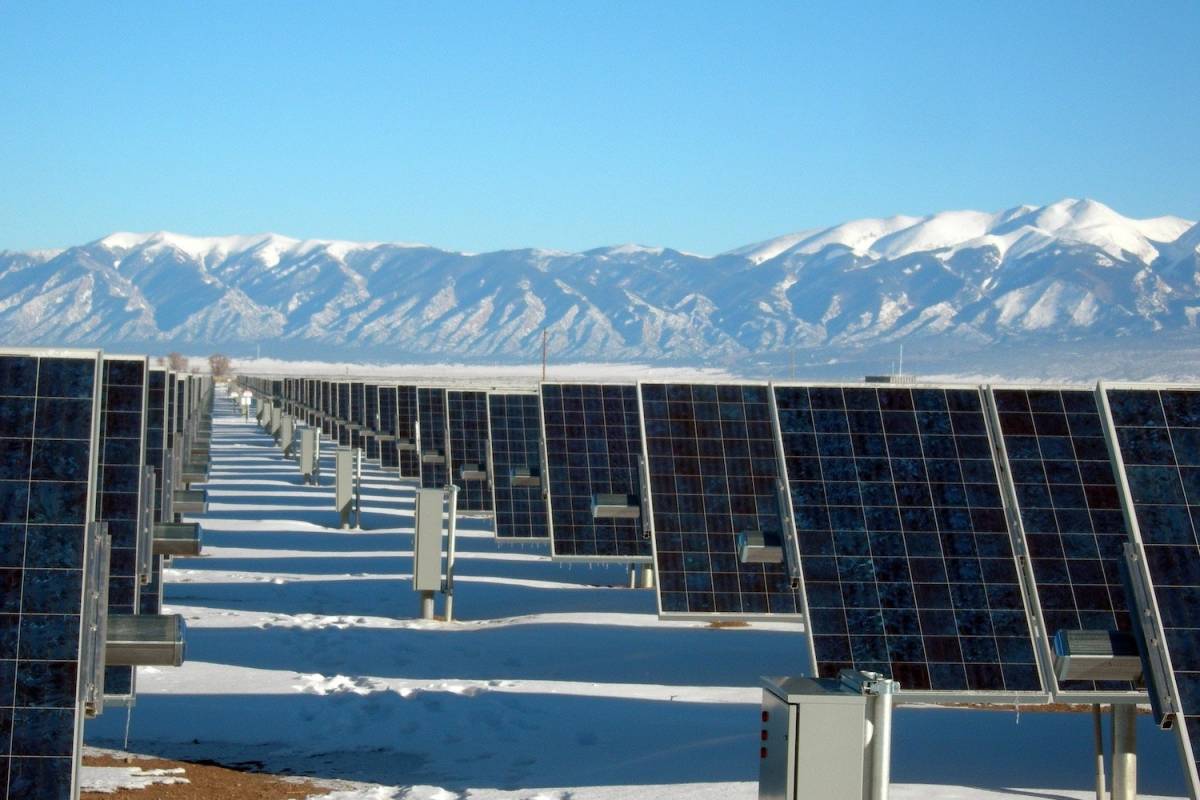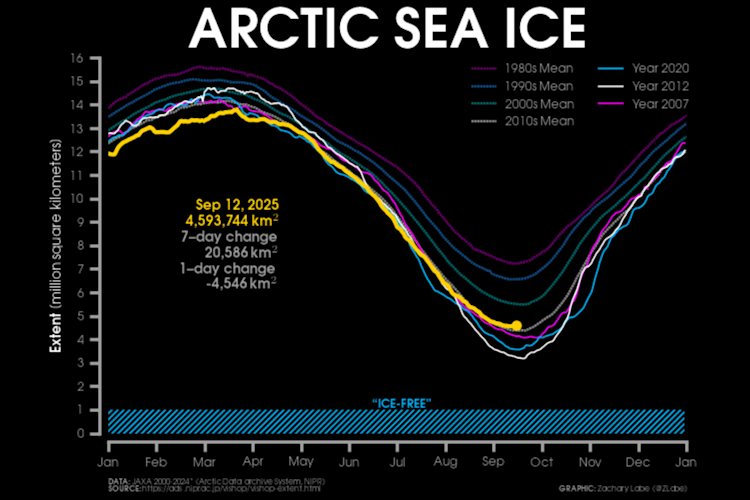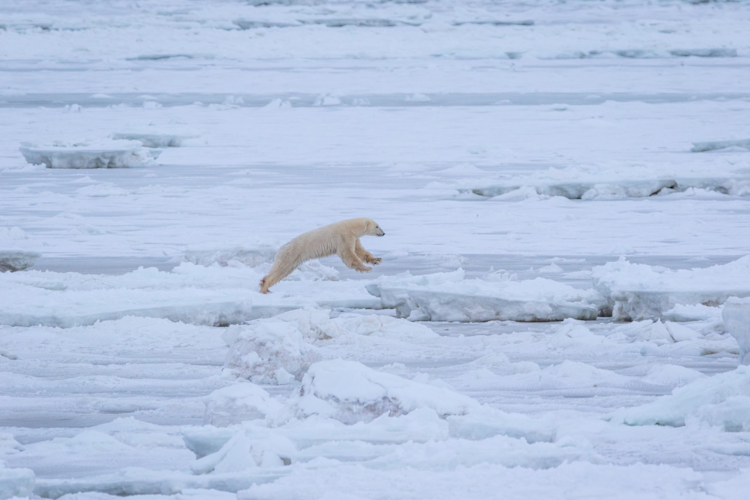The third and final installment of the International Panel on Climate Change (IPCC) 6th Assessment Report was released this week. Known as the “Solutions Piece,” it details a roadmap for reducing climate warming emissions to keep global heating well below 2°C—the central goal of the Paris Agreement.
IPCC reports are based on thousands of studies by hundreds of scientists and finalized through an intergovernmental process in which 195 countries negotiate and agree on the final recommendations. Scientists get the last say in the process, and the resulting summary serves as a common reference point for global policymakers as they seek to address the shared challenge of climate warming.
From part I and II of this report, we know that ecological change due to climate warming is happening much faster in the Arctic than in other parts of the world and at an unprecedented magnitude and rate—threatening the future of polar bears and Arctic communities. Part III of the report emphasizes the urgent need for bold action and highlights the available solutions that can restore a brighter future to ecosystems across the planet.
Here are some key takeaways from part III of the 6th Assessment:
Nations’ current pledges to reduce greenhouse gas emissions will not keep warming to 1.5°C or even 2°C. To meet this important goal, global greenhouse gas emissions must peak by 2025. Peaking later than 2025 will result in unavoidable economic and ecological losses.
The world must decarbonize and move away from fossil fuels like coal, oil, and gas quickly. This will require decommissioning many existing fossil fuel projects and cancelling new projects. Ending fossil fuel subsidies has the potential to reduce global greenhouse gas emissions by 10% by 2030. Simultaneously, the world must also attempt to remove as much carbon dioxide from the air as possible and reduce methane emissions as a means of addressing near-term temperature rise.
Solutions and clean energy alternatives, like solar and wind energy, have become much more affordable—making it technically and economically feasible to limit warming to 1.5°C. Furthermore, the economic benefits of limiting warming to below 2°C will outweigh the costs associated with climate action.
Policies that support low-carbon lifestyle changes are part of the larger solution. Policymakers should implement policies that give consumers more climate friendly choices—like public transportation, reducing overconsumption, and choosing zero-emissions electricity and fuels.
Wealthy countries, responsible for most of the world’s warming, are falling short on providing critical climate financing to the least-developed (and least responsible) countries. Substantial climate finance policies and action are essential for protecting the world’s most vulnerable communities while we address this global challenge.
“Through financing and investment for net zero economies, cooperating across borders, developing effective policies, and harnessing technology and innovation this report identifies options that can build a sustainable future for all.” - IPCC
Part III of the 6th Assessment report is not shy in stressing that our chance to limit warming to 1.5°C is rapidly shrinking while also emphasizing that the solutions and technologies available today can foster meaningful progress in the face of the climate crisis.
“A swift transition to low-cost, reliable renewable energy will help bring geopolitical stability and energy security to countries around the world while simultaneously benefitting global ecosystems, communities, and economies,” said Krista Wright, executive director of Polar Bears International.
“Breaking our dependence on fossil fuels comes with so many wins—not only for the climate that polar bears and people depend on, but in reducing wars and conflicts. After all, you don’t have to fight over the sun or wind or worry about supply issues from other countries.
“We have an opportunity to remake our societies in ways that will lead to a more stable, peaceful, and healthy future IF global leaders choose to heed these recommendations and act with the urgency and respect that life across our Earth deserves. The good news is the report shows that a pathway remains—but we can’t afford to delay any longer.”
Visit our Become Part of the Solution page to find out how you can get involved.

















